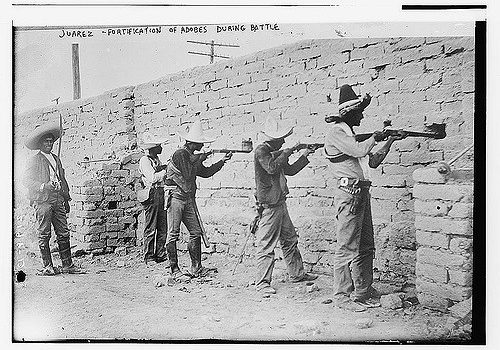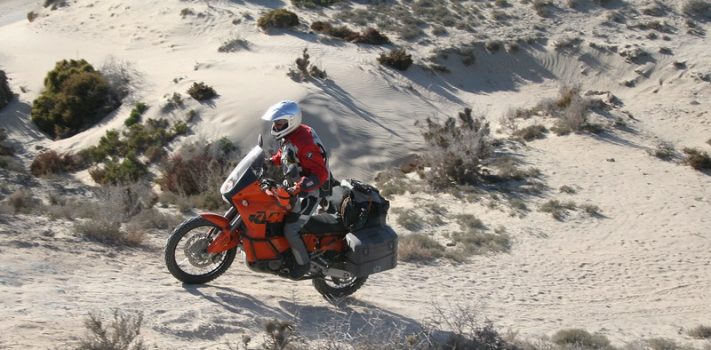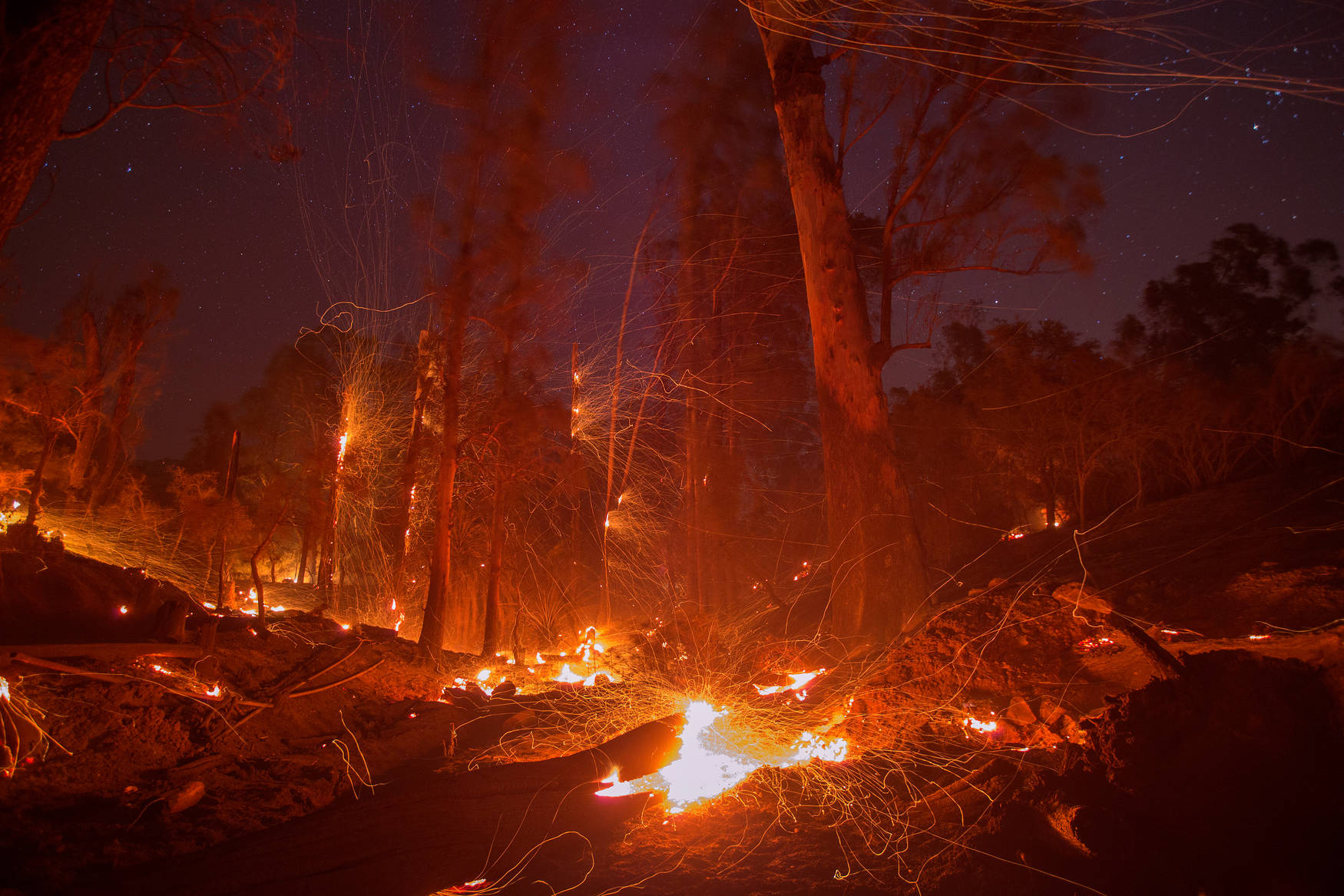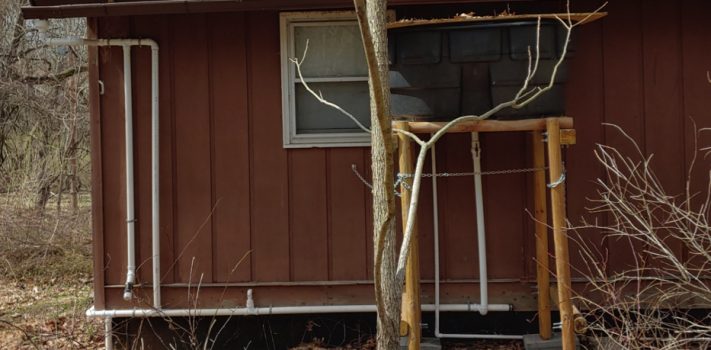4H Shooting Sports, by Zoe Harris
All across the nation, youth are getting exceptional training in firearms and archery. They are being taught how to be safe, responsible hunters. They are interacting with nature and learning about conservation. And all of this is through the 4H Shooting Sports Program and the generosity of sponsors such as Browning, Midway USA, Hornady Ammunition, CZ-USA, Bushnell, The Civilian Marksmanship Program (CMP), Savage Arms, White Flyer, Champion Traps and Targets, Archery Advocates Association, SCI Foundation, National Shooting Sports Foundation, Hodgdon, NWTF, Whitetails Unlimited, Vista Outdoor, and Federal Premium Ammunition. Youth shooters are taught by instructors that are educated and certified …








